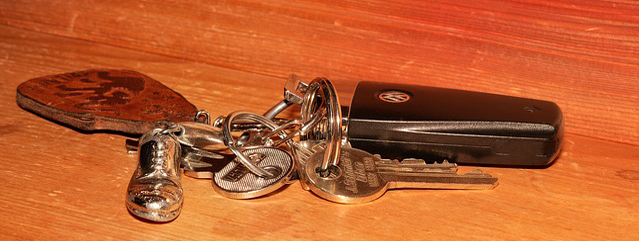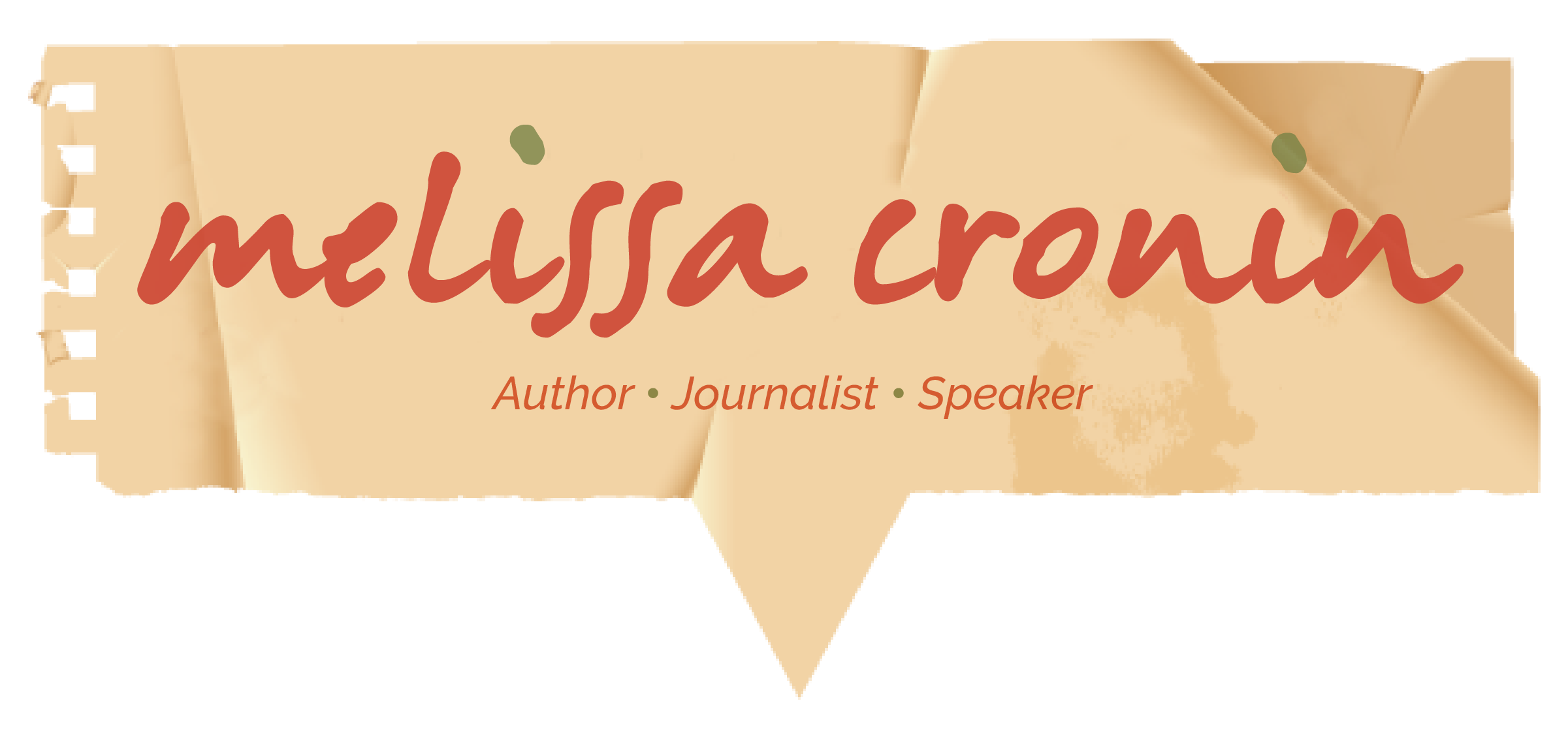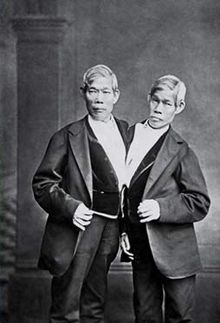
Below is a piece I wrote at the urging of author, editor, and teacher Donald Quist. He asked me to contribute my reflections about how I’ve changed over the previous ten years to his project Past Ten in which various writers share similar recollections. As Donald says, the personal stories in Past Ten are a “testament to the transformative power of time and the human capacity to turn the unpredictable into art.”
Enjoy!
June 21, 2007
It’s 2:06 p.m. The summer solstice. I’m sitting at my desk at the Vermont Lung Association, where I work as an administrative assistant. I’m tapping at the computer keys, logging contributions from donors into an Excel spreadsheet longer than this day. My fingertips turn numb with boredom. My vision blurs from all the lines and rectangles and numbers. Bringg, bringg, bringg. My head thumps with each shrill ring of the telephone. I answer the call from a board member, and pencil his message on a sticky note to be passed on to the CEO. But when I hang up I’ve forgotten his name. Bob? Jim? Ted? My brain’s gas tank is near empty, and I want to lay my head on my desk, nap away this day. I want to sleep off my traumatic brain injury, close my eyes against a diagnosis that still paper cuts my tongue each time I speak it.
It’s been three years since my head smacked against the pavement when a car mowed me down, and no amount of sleep, or even the continuous sunlight on this day can burn off the smog obscuring my mind’s eye from seeing with any kind of mental clarity. I want this day to end. But I must keep tapping, plugging in numbers and names and dates. Filling up the rectangles of a spreadsheet is like filling in the white spaces of my unsure-where-I’m-going-life. How long I’ll pretend I’m happy working here in an office that smells like a basement, with plastic window blinds that clack each time artificial air from the vent gusts its cold breath into the room, I don’t know.
Of course, I’d rather be standing by a newborn’s crib side, where I stood as a nurse for fifteen years. Where I changed diapers, bottle-fed infants their mamas breast milk, cuddled preemies in cotton receiving blankets. But that was before the crash. Now my broken brain couldn’t bear the constant noise of a neonatal intensive care unit: wailing newborns, alarming monitors, dinging IV pumps. That’s why I am here, at this desk, where it’s mostly quiet and I’m asked only to accomplish one job at a time, like filling in rectangle after rectangle. Because it takes all of me to get through this day, I don’t have the mental energy to imagine the formula or function of my future. So I keep tapping.
The planet has raced around the sun ten times since that day. A decade. Another summer solstice has arrived, and I’m still tapping at the computer keys. I’ve figured out my life’s formula, or at least I think I have. With each keystroke, I fill up my own spreadsheet, one I created in 2010, when I enrolled in graduate school for an MFA in writing. That spreadsheet I have replaced with draft after draft of my memoir, with my favorite quotes from authors, blog posts to write, books to read, more books to write.
My brain still must work hard to hold onto names, though, and it still gets low gas mileage. Words and phrases skid away from me, emerge in anagrams, end in ellipses or in incomplete sentences. But I now look forward to the longest day of the year. The sun equals hope; as the days expand, it’s hope that keeps me from tearing up my draft and throwing it in the trash. Hope is the formula and function that carries me through the winter solstice, into the next decade.
Please visit Past Ten to read more inspiring stories.
Read More






Recent Comments